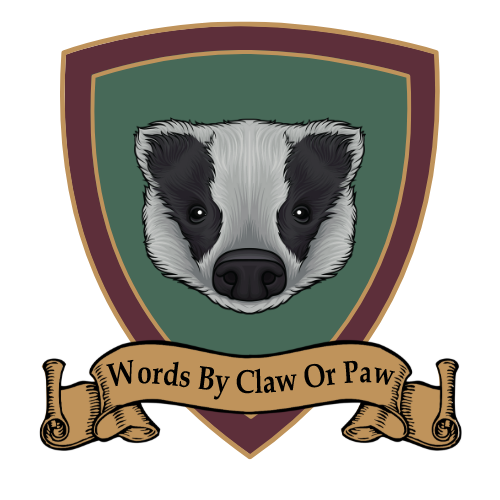Bunnykin
Bunnykin are anthropomorphic rabbits and hares who do not shapeshift, and are usually not literomancers. They can usually be found at The Warren. Nobody knows where they came from, but they seem to enjoy serving House Lapin, and often serve as general staff in the burrows.
Basic Information
Anatomy
As large, anthropomorphic rabbits, bunnykin have most of the features that their bunny analogues do that make them unique. While their legs are not structured in the same way that a rabbit's are, they are stronger and more powerful than a Human's, and they also have proportionately longer feet. Bunnykin do walk, but they can jump about three times as high as a human can.
Their heads are shaped like that of other lagomorphs, just proportionately sized. Perhaps their most distinguishing features is their long ears, which twitch and turn to catch noises, just as a rabbit's do.
They also have short, retractable claws on both their hands and their feet, which makes digging a favoured childhood activity, and clawing and kicking a last-ditch defense in a hand-to-hand situation. Their large buck teeth are also capable of delivering dangerous, deep bites, although they are rarely used that way.
Genetics and Reproduction
Bunnykin generally reproduce much as humans do, except that they tend to birth large litters at once. This is because female bunnykin, just like their lagomorph analogues, have two wombs that can bear young independently of one another. The bunnykin value large families and love their babies with a fierce zeal.
It remains to be seen if bunnykin are genetically compatible with humans or other humanoid species.
Growth Rate & Stages
With the exception of a short infancy and toddlerhood, bunnykin grow at roughly the same rate that humans do. Small bunnykin develop quickly, however, both physically and mentally, and a year-old bunnykin will be roughly equivalent in development to a three-year-old human child. As a result, their age of majority tends to be a bit younger as well; usually around 18 years of age, depending on individual bunnykin cultures. Biologists theorize that this was a way to combat their high infant mortality rate, which echoes that of the lagomorphs of our own world.
Ecology and Habitats
Rabbits and hares can be found on almost every continent on earth, and bunnykin, like humans, do just as well. In some cases, they have less difficulty adapting to extreme environments than humans do; in deserts, their large ears serve as natural heat regulators, and in cold environments, their fur protects them.
Dietary Needs and Habits
Bunnykin are omnivores, but they do tend to prefer a more vegetarian diet. Carrots and edible flowers are considered a treat, and leafy greens are highly prized.
Behaviour
Like bunnies, bunnykin are more inclined to flee a dangerous situation than they are to attack. That said, they have a strong urge to protect the fluffle, and are willing to fight fiercely if cornered. They are prone to acts of self-sacrifice when they believe the fluffle will be better served by their act.
Additional Information
Social Structure
Just like rabbits, bunnykin tend to live in large, extended family groups, and are social creatures. They feel more comfortable in large communities than in isolation.
Geographic Origin and Distribution
Currently, most bunnykin can be found in the Lapin Protectorate, but they are no more limited by terrain or climate than humans are.
Average Intelligence
The same range of intelligence can be found among bunnykin as can be found among humans.
Perception and Sensory Capabilities
It is in their sensory array that rabbitfolk truly shine. They possess both the keen colour vision of human eyes, having a similar retinal structure, but their eyes are widely set on their heads, allowing them almost 360 degree vision. Their twitchy noses are highly sensitive to changes in odours, and their whiskers allow them to feel their way and navigate effectively in dark, closed spaces. Of course, it is their highly sensitive ears that are perhaps their most useful feature, allowing them to tune in on noises with a satellite dish's pinpoint accuracy, and enabling them to detect even the faintest of sounds.
WIP
Streamer
Missing
Status: Location Unknown
Deceased
Status: Deceased Character
Retired
Status: Retired Character or Article
Scientific Name
Homo sapiens lagomorpha
Lifespan
Roughly 80 years
Conservation Status
With roughly 100,000 bunnykin in the Tomeverse, they can be considered an endangered species.
Average Height
Generally equivalent to that of humans, plus about a foot for their ears; but ancestry can have a significant effect (ie. There are dwarf bunnykin, and those who might descend from Flemish giants)
Average Weight
As human
Body Tint, Colouring and Marking
Bunnykin fur comes in a variety of patterns; white, black, brown, orange, grey, silver, dun, or any combination thereof.
Geographic Distribution
Related Organizations
Related Ethnicities


















Comments